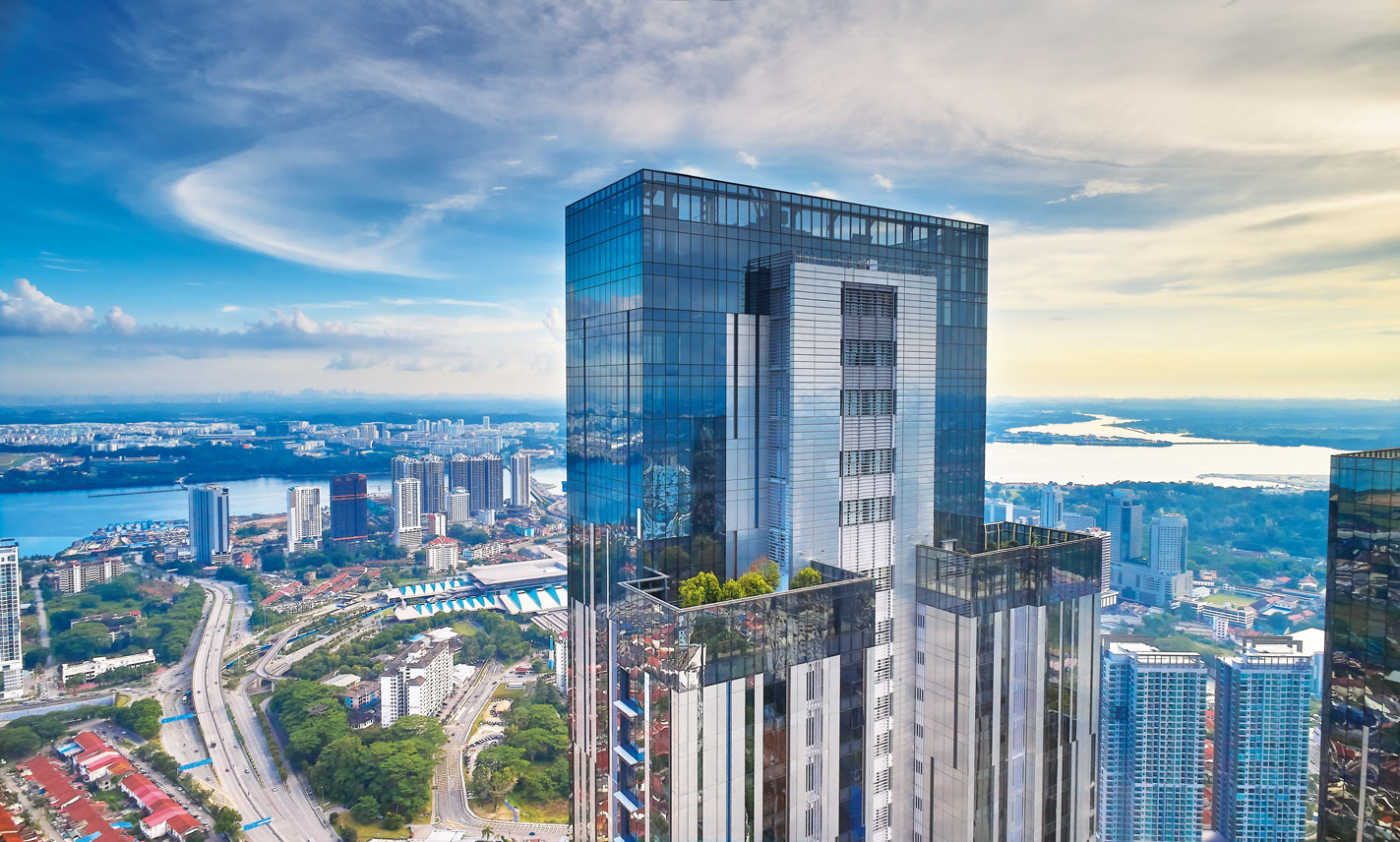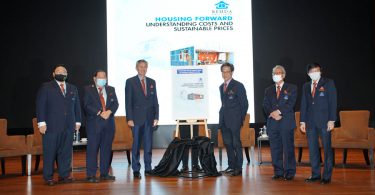As Director of Conevo Green Consultancy, a firm that provides Green building and architecture consultancy services, and Honorary Secretary of Malaysia Green Building Council (malaysiaGBC), Vincent understands the importance of sustainability in the built environment and has redirected his focus from architecture to Green building design. He and his team have been actively involved in more than 100 Green projects across Malaysia.
Going Green is not something new—people and companies around the world have already started on Green building and materials—how is Malaysia progressing, particularly in terms of housing? Vincent leveraged his expertise to share insights on the country’s current housing issues and solutions as well as the means to promote Green residential buildings with Construction+.
How do you define sustainable housing in Malaysia?
The easiest way is to see whether the building is certified with Green rating systems, such as the Green Building Index (GBI). However, Green buildings are common enough in Malaysia that you don’t really see any additional or special features in them. In this sense, I would say that to define a good sustainable housing is to see if you feel comfortable when you are living inside. In other words, if the unit is liveable without air-conditioning and lights switched off during the day; you are not disturbed by foul smell, excessive noise and uncomfortable glare from the windows whenever you open the curtains; and you feel healthy and happy with your home surroundings with natural ventilation, it’s a sustainable housing.

The Astaka is also the tallest residential skyscraper in Southeast Asia awarded with a Certified rating under GBI’s Completion and Verification Assessment (CAV); image by Lim Vincent
What are some of the most critical housing issues in Malaysia?
I think one of the most critical housing issues would be the imbalance in demand and supply—we are building more than we need. With so many new housings coming up, we are not sure if every unit is being occupied by people in need. Even if it’s for investment, it’s such a waste if nobody is staying in it. This is also related to sustainability that we should build things according to actual demand, or else unnecessary problems may arise.
Old housing is another major issue. Buildings start to deteriorate after 10 years or so and people tend to move to another new apartment. If we only focus on new housing construction, especially new apartments in Kuala Lumpur, without resolving the problems of ageing buildings through proper management and maintenance, the old ones will fall into disuse and decay.
People need to truly believe in sustainability, or else they would just turn their back on it.
This is an excerpt. The original article is published in
Construction+ Q1 2023 Issue: Housing Construction: Demand & Supply.
Get the print magazine or subscribe to the digital edition to read the complete article.












